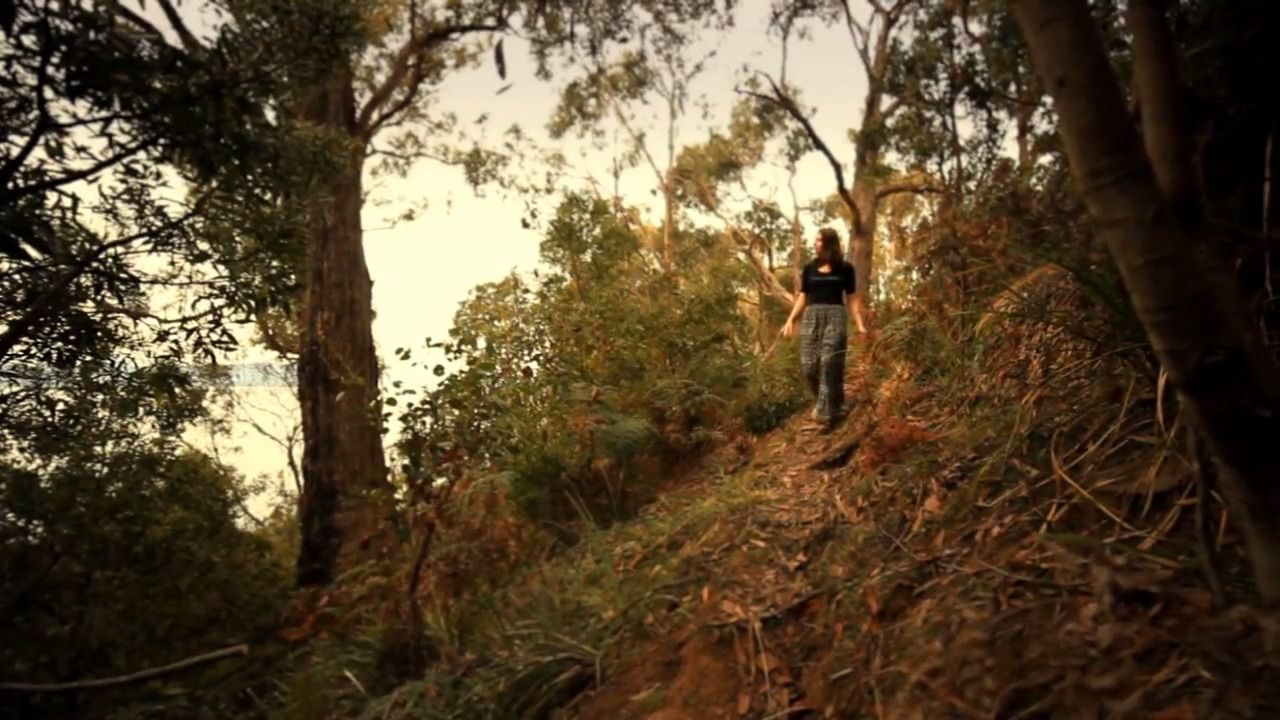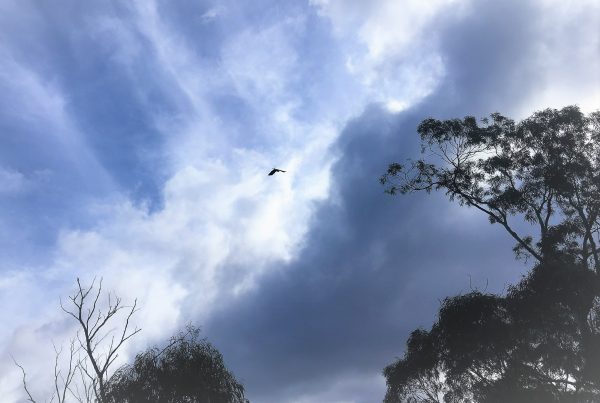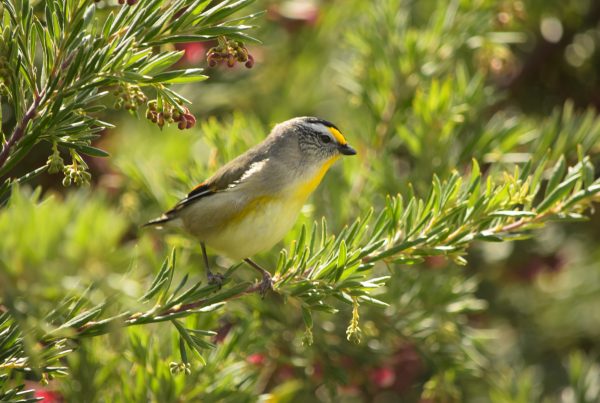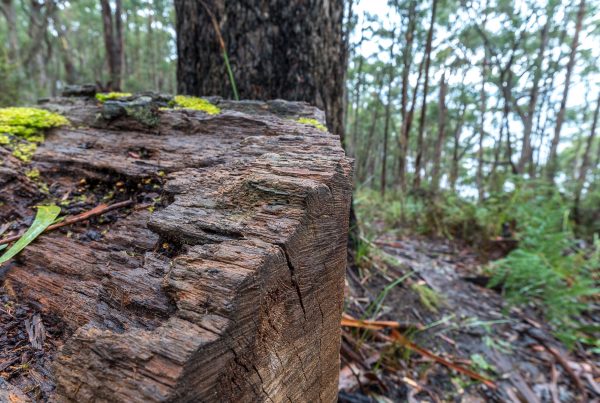
Several walking tracks have been created to enhance your nature experience at The Peninsula. These are ‘work in progress’ and some of the tracks are still under construction. Please exercise caution on all tracks and ensure that sturdy footwear and appropriate clothing is worn at all times.
Wander down through the paddocks via an old dirt track to One Tree Point. The track meanders through regrowth swamp gum (Eucalyptus ovata) with a sagg and native iris understorey. The lower paddock is the ‘tomato paddock’, as this is where Eleanor Clennet and her parents planted dryland tomatoes for the Hobart market. Being frost free, Blubber Head could get the ripe fruit to market earlier than most places, gaining a price premium.
One Tree Point retains evidence of the original inhabitants – the Nuenonne kinship group – where shells have been discarded over the centuries to build up a midden. The point itself is dolerite, sports a blue gum (E. globulus) and juts out into a tangle of bull kelp.
Sidling down the eastern side of the point, you come to Pebble Beach – probably the favourite swimming place for hardy souls. Beyond the end of the beach are some small sea caves, carved into the sandstone by the combined action and wind and waves.
On the way back, turn left at the top of the steep slope and walk along the edge of the bush to the start of a small track leading into the World War II Lookout. Two sites are still evident – the little hut and the lower platform for viewing potential Japanese invaders.
There are three ways back up to the house: skirting along the steep slope above Pebble Beach, passing a magnificent old growth ribbon gum (E. regnans), retracing steps along the dirt track, or turning left off this track in the bush and walking down to an old pond. Two tracks turn off from here: one back to the house through the forest, and one difficult track down to Midden Point.
Wrack Cove on the Blue Rope Track
The track starts out along the ridge of Blubber Head itself, winding through grassy white peppermint (E. pulchella) forest, then turns down right towards Wrack Cove. The forest thins somewhat into a woodland formation as the soil becomes thinner. Part of the track wends through velvet tussocks (Poa rodwayi) and tree death due to drought is evident in this area.
Glimpses of the classic Adamsons Peak are seen through the trees, until you emerge next to Wrack Cove. Both the wrack and the wind pruned shrubs along this coast attest to the gale force south-westerlies that whip across Port Esperance from the Antarctic south. Some evidence of flensing has been found here from the whaling past, but all traces have now vanished.
Snorkling and swimming are good pastimes on a still sunny day when the bay becomes a sparkling underwater garden, replete with octopus, crayfish and abalone.
Rock hopping north along the shore, you can wander back up the last hundred metres of the Blue Rope track, or continue along and beat back from the coast further up, then return back to the house on the road.
Honeymyrtle Swamp on the Orange Peel Track
Saunter down to the north east from the house to the corner of the paddock. A track starts off through the heathy black peppermint (E. amygdalina) woodlands and comes out overlooking Lousy Bay to the east views to the salmon fish farms. These woodlands and the heathfields are rich in small herbs such as spider orchids (Caladenia spp) and insectivorous sundews (Drosera spp).The track descends down into heathfields, moorlands and wetlands, quickly crossing a small creekline filled with tea tree (Leptospermum spp). These are natural soaks, fed by the slimmest of catchments and still quite undisturbed – a rare thing these days.
Wallabies, potoroos and possums use the area as evidence by the multitude of small ‘pads’ they have made. Frogs and birds sing their songs to the scented honeymyrtle that occupies the lower swamps. The classic Tasmanian bog plant – button grass – has spread over the wetter areas.
Seal Rocks and Midden Point
This track can be approached from either direction, but note that especially the Midden Point end can be dangerous and treacherous in a southerly buster and should be avoided. The track to there is presently quite rough too.
It is probably the best area for birds on the property, with rare Swift Parrots nesting, owls roosting and both the White Bellied Sea Eagle and the magnificent Wedge Tailed Eagle soaring close overhead in the updrafts. Dozens of different bush birds call in the tall old growth stringybark (E. obliqua) forest.
Midden Point is another site favoured by the Nuenonne. On a still day it is tranquil and peaceful, but when the weather turns bleak, it should be avoided.




